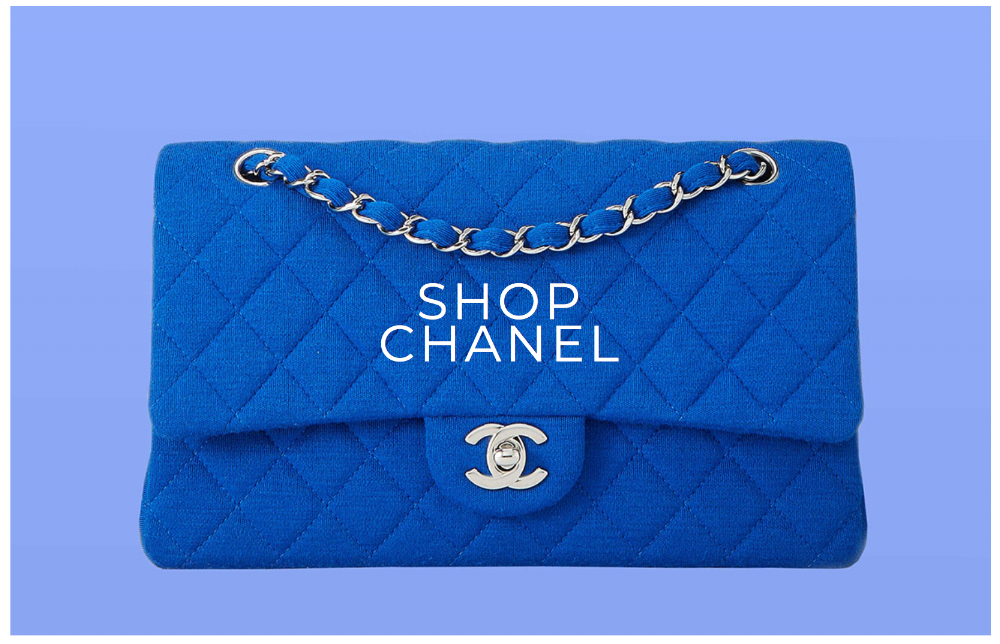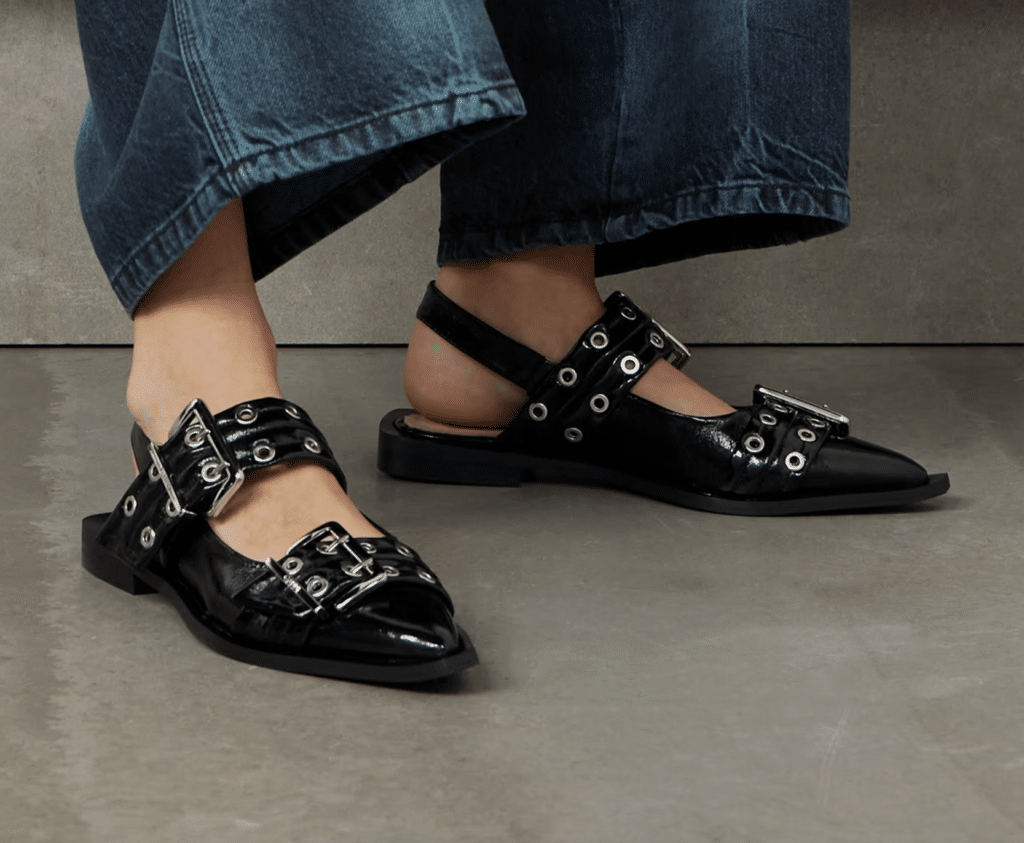What does an ongoing case over a watch initially produced in the 1900s mean for the likes of Rolex and Chanel? Maybe more than meets the eye. For the past three years, Swatch subsidiary Hamilton International and Vortic LLC, a watch company that converts antique pocket watches into wrist watches, have been facing off in court, with Hamilton alleging that by selling a restored and modified watch with the Hamilton name on them, Vortic is engaging in trademark infringement, counterfeiting, false designation of origin, and unfair competition.
The case got its start back in July 2017 when Hamilton filed suit against Vortic in a New York federal court, arguing that one particular watch that Vortic sold consists of original Hamilton parts, as well as parts that are produced by Vortic, itself, and importantly, includes the branding of the original Hamilton watch. Because Vortic’s newly revamped watch bears Hamilton’s trademark-protected name, the company alleged that they are likely to cause confusion among consumers.
Doubling down on its confusion claims, Hamilton also asserted that Vortic’s advertisements of the watch – which features Hamilton trademarks in bold, and in smaller print, reveal that some of the watch parts come from an antique pocket watch “made by Hamilton Watch Company,” and detail how Vortic creates the wrist watches – are likely to deceive consumers about its (lack of) affiliation with the watch, thereby, giving rise to claims of trademark infringement, as well as false designation of origin and unfair competition, among others.
In September 2019, the U.S. District Court for the Southern District of New York denied Hamilton’s motion for summary judgment. Refusing the watch company’s request for a win in lieu of a trial, the court pointed to the Supreme Court 1947 decision in Champion Spark Plug Co. v. Sanders, a case in which the defendant sold repaired and reconditioned Champion spark plugs.
“In cases … involving modified genuine products, the Supreme Court has found whether the defendant adequately disclosed the origins of the product to be dispositive,” Judge Alison Nathan of the Southern District stated. She noted that the Supreme Court held that “the defendant could continue to display the plaintiff’s trademark on the sparkplugs, so long as the sparkplugs also had ‘Repaired’ or ‘Used’ conspicuously stamped on them, and their packaging indicated that the defendant had done the restoration.”
Assuming that the products contained such “full disclosure,” the Supreme Court held that “it was otherwise permissible for the goods to retain the Champion trademark even if it means that the defendant benefits from the plaintiff’s goodwill or ‘gets some advantage from’ the plaintiff’s mark,” Nathan asserted, while also noting that if the modifications were “so extensive,” alternative or additional disclosures would be necessary.
With this in mind, Judge Nathan held that there was a genuine issue of material fact as to whether consumers would be confused by the Vortic watch and its company’s advertisements, and thus, set the stage for trial. A bench trial took place in February, although, the outcome has not yet been made public.
What About Rolex and Chanel?
Interestingly, the facts of the Hamilton watch case seem to somewhat closely mirror those in two unrelated and ongoing cases, one that Rolex filed against custom watchmaker La Californienne in November 2019 and the case that Chanel filed against luxury reseller What Goes Around Comes Around (“WGACA”) back in March 2018.
In the Rolex case, the Swiss watchmaker accuses La Californienne of trademark infringement and counterfeiting, as well as false designation of origin in connection with its use of the Rolex name and other trademarks of the brand on authentic, pre-owned Rolex watches that it has altered, namely to put a colorful spin on the watches. As a result of such modifications, Rolex claims that the watches “no longer attain the aesthetic of original pre-owned Rolex watches” and maybe more significantly, they “no longer perform or function to the same quality standards as unaltered pre-owned Rolex watches,” and therefore, La Californienne is running afoul of the law by using the Rolex marks in connection with its marketing and sale of the watches. (That case is underway in a federal court in California, which means that the outcome in the Hamilton case will likely have little impact due to the jurisdictional difference).
Meanwhile, Chanel filed suit against WGACA in the Southern District of New York, the same court as the Hamilton case, on trademark infringement, false advertising, and unfair competition grounds. According to Chanel’s complaint, WGACA has “built its business by piggybacking on the reputation of a handful of select luxury brands – including Chanel,” and has been actively selling infringing goods and attempting “to deceive consumers into falsely believing [that it] has some kind of approval of or relationship or affiliation with Chanel or that Chanel has authenticated WGACA’s goods in order to trade off of Chanel’s brand and good will.”
In light of a discovery dispute between Chanel and WGACA, counsel for Chanel pointed to Judge Nathan’s September 2019 decision in the Hamilton case in a recent letter to Judge Louis Stanton of the Southern District of New York, specifically pointing to language about repaired or refurbished products.
In the May 12 letter, counsel for Chanel asserted that WGACA “mistakenly cited Champion Sparkplug Co. v. Sanders to hold that ‘a refurbished product only becomes counterfeit if the product is fundamentally transformed.” Chanel then points to Judge Nathan’s decision in the Hamilton case, namely, that “it would be possible to imagine a case ‘where the reconditioning or repair would be so extensive or so basic that it would be a misnomer to call the article by its original name, even if the words ‘used’ or ‘repair’ were added.”
While WGACA claims that the “limited ‘sprucing up’ that [was carried out by Rago Brothers Shoe & Leather Repair] … never resulted in a Chanel product [being] ‘so repaired, reconditioned, or altered to have lost its identity as a genuine Chanel item,” Chanel claims that “the critical focus of this case is not about counterfeiting.” Instead, it is about “whether WGACA is misrepresenting to the consuming public the nature, condition and quality of its Chanel-branded products … by failing to disclose that products were refurbished, repaired and refinished (and that such work was not authorized or done by Chanel), and its relationship and association with Chanel.”
Given the parallels between the Hamilton case and the more recently initiated Chanel v. WGACA case, the outcome in the former will likely be telling for the luxury brand and the reseller, and potentially for the largely similar (and still ongoing) case that Chanel filed against The RealReal, a case that the San Francisco-based company says is not about infringements or counterfeits but instead, is “a thinly-veiled effort [by Chanel] to stop consumers from reselling their authentic used goods, and to prevent customers from buying those goods at discounted prices.” And regardless of the outcome, both cases come as part of a larger string of matters in which notoriously controlling brands are looking to test the bounds of trademark law’s First Sale doctrine when it comes to resale (a segment that some brands have a markedly rocky relationship with) and to some extent, modified luxury goods, in particular, in an attempt to maintain control over the manner in which their products are sold.
The case is Hamilton International Ltd. v. Vortic LLC, 1:17-CV-5575 (SDNY).











